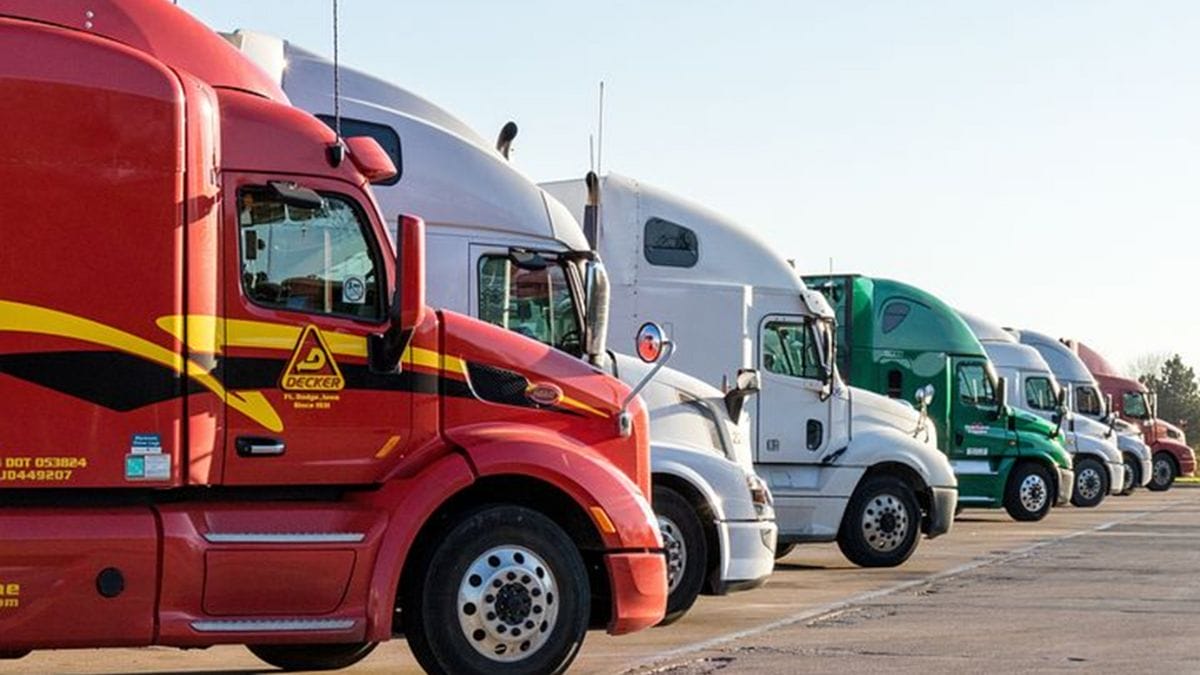There’s been a lot of talk lately about the cold supply chain thanks to the distribution of COVID-19 vaccines, which need to be kept cold throughout transit and until they’re injected into patients. Cold chain shipping is also essential for getting fresh produce, meat, dairy, fish, baked goods and other perishable foods to their destinations – and into consumers’ homes – while they’re still fresh and in edible condition.
But how do you maintain a cold supply chain? It starts with using the right packaging materials to keep perishables chilled (or frozen, as the case may be) within a safe temperature range the entire time they’re moving through the supply chain, and even after they reach the end of their journey and are waiting to be purchased and consumed. You need to use the latest cold chain technologies to ensure that your goods don’t experience even a slight raise in temperature. And you need to plan your route strategically to ensure that your temperature-sensitive shipment doesn’t get held up in customs, or left to sit in a trailer somewhere in the hot sun all weekend, or allowed to get too cold in winter temperatures and freeze. Use these three tips to maintain a cold chain you can count on.
Use the Right Packaging
Packing your shipments with the right materials can help keep them cold. You need to use insulated packing materials. Line boxes and shipping crates with panels of styrofoam and thermal liners. Wrap pallets with thermal pallet covers or shipping blankets. Pack temperature-sensitive items with dry ice or gel packs (just remember that you can’t put dry ice inside an airtight crate, as it needs to off-gas carbon dioxide as it sublimates).
Take Advantage of the Latest Cold Chain Technologie
As demand for perishable goods climbs worldwide, cold chain technologies are helping shipping and logistics professionals minimize freight loss and move perishable items efficiently, quickly, and safely. You should use as many cold chain technologies as you can to make your cold chain more effective and stronger. Start with the basics: refrigerated trucks, containers, and railcars. Use insulated containers, railcars, and trailers to keep the heat out.
Temperature indicators are one of the cold chain technologies you should be using in every shipment. Temperature indicators will let you know if your shipment got too hot or too cold in transit. You can even get temperature indicators that monitor your shipment’s temperature in real time and alert you when it’s approaching a dangerous temperature. With that data, you have the chance to work with the carrier to save your shipment from temperature fluctuations.
But temperature indicators aren’t the only cold chain technologies you should be using. Artificial intelligence and machine learning technologies are proving extremely useful to maintaining cold supply chains. These technologies can process and analyze huge amounts of data in real time. They can help you manage your inventory and warehouses, prevent fraud, minimize errors, and anticipate dangerous situations so you can avoid them completely.
Plan Your Route Strategically
Planning your route carefully is a key part of maintaining your cold supply chain. You need to make sure that your shipments aren’t left sitting in a trailer at a loading dock or in a hot warehouse all weekend. You need to try to minimize shipping delays caused by weather and road conditions. If you’re importing perishable items, you need to make sure that all correct paperwork has been filled out so that your shipments can clear customs in a timely manner and won’t be held up, sitting on a container ship in the harbor for who knows how long.
If possible, try to plan your route so that shipments spend minimal time in extreme weather conditions. That might mean shipping through a different part of the country, where it’s warmer or colder outside. In the winter, give your drivers additional time to deliver, because road conditions can lead to delays – and sometimes, drivers may need to take a different route altogether. Send shipments at the beginning of the week, so they don’t get stuck in potentially inadequate storage over the weekend – or work with your carriers to store your shipments properly when they’re not actually moving on the weekend, if keeping them moving on the weekends isn’t a possibility.
Maintaining a cold chain is all about keeping your perishable goods at the right temperature to stay in optimal condition from source to consumer. Take advantage of the technologies available to you, and keep bringing consumers the products they crave.


